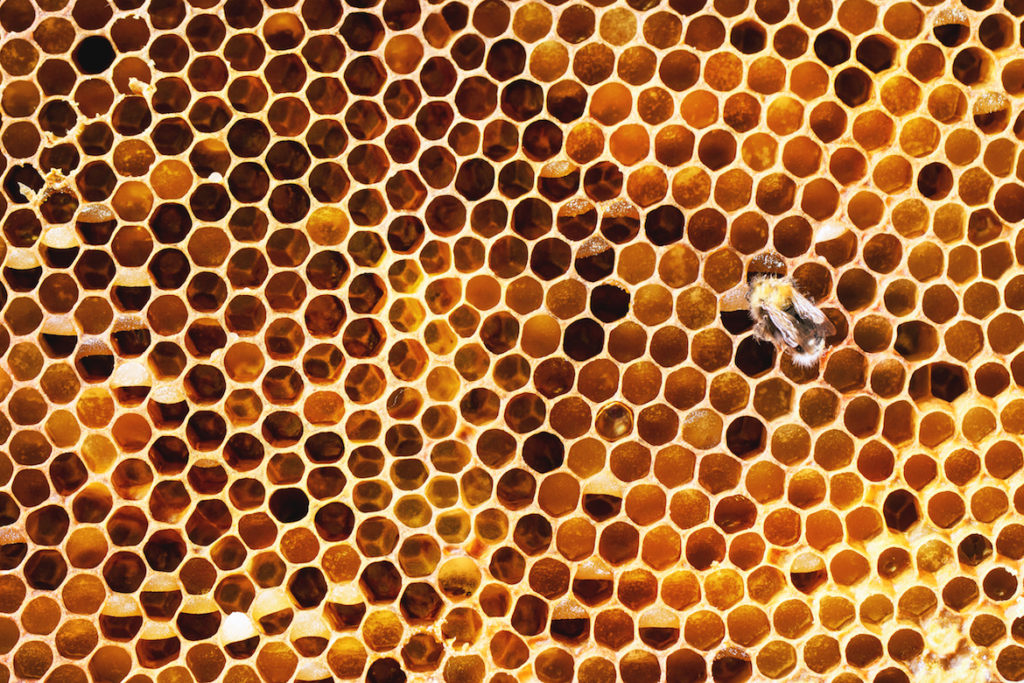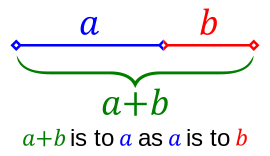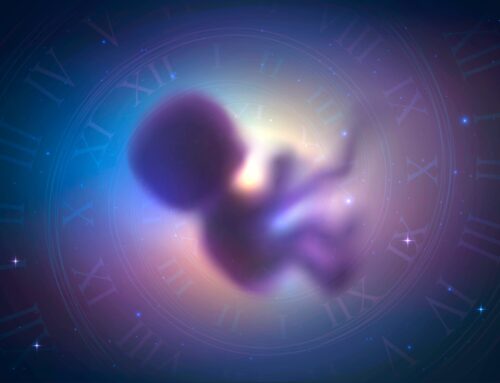Just look around you… on the ground and in trees… in the sky:
The Fibonacci Sequence is everywhere!

In Plants
In Pine cones the spiral pattern of the seed pods tend to develop in steps, upward and in opposite directions, numerically matching the Fibonacci sequence.
Sunflower seeds also follow this pattern, radiating outwards from the center to fill in spaces. And the number of Petals on some flowers, such as the rose, follows the Fibonacci sequence.
In accordance with Darwinian theory, each petal is placed to allow for the optimal exposure to sunlight.
This patterning also appears in some surprising places:
Hurricanes: Much like shells, hurricanes often display the Golden spiral.
Spiral galaxies have a number of spiral arms, with an overall shape identical to the Golden rectangle of the Fibonacci Sequence.

The Golden Ratio in the animal kingdom:
Dolphins, starfish, sand dollars, sea urchins, ants and honeybees also exhibit the proportion.
A DNA molecule measures 34 angstroms by 21 angstroms at each full cycle of the double helix spiral. In the Fibonacci series, 34 and 21 are successive numbers.
According to Stephen Skinner, the study of sacred geometry has its roots in the study of nature, and the math principles at work therein. Many forms observed in nature can be related to geometry; for example, the chambered nautilus grows at a constant rate and so its shell forms a logarithmic spiral to accommodate that growth without changing shape. Also, honeybees construct hexagonal cells to hold their honey. These and other correspondences are sometimes interpreted in terms of sacred geometry and considered to be further proof of the natural significance of geometric forms.

In Art and in Architecture
Geometric ratios, and geometric figures were often employed in the design of Egyptian, ancient Indian, Greek and Roman architecture. Medieval European cathedrals also incorporated symbolic geometry. Indian and Himalayan spiritual communities often constructed temples and fortifications on design plans of mandala and yantra.
The golden ratio, which is equal to approximately 1.618, can be found in various aspects of our life, including biology, architecture, and the arts. But only recently was it discovered that this special ratio is also reflected in nanoscale, thanks to researchers from the U.K.’s Oxford University. Their research, published in the journal Science on Jan. 8, examined chains of linked magnetic cobalt niobate (CoNb2O6) particles only one particle wide to investigate the Heisenberg Uncertainty Principle. They applied a magnetic field at right angles to an aligned spin of the magnetic chains to introduce more quantum uncertainty. Following the changes in field direction, these small magnets started to magnetically resonate.







Leave A Comment